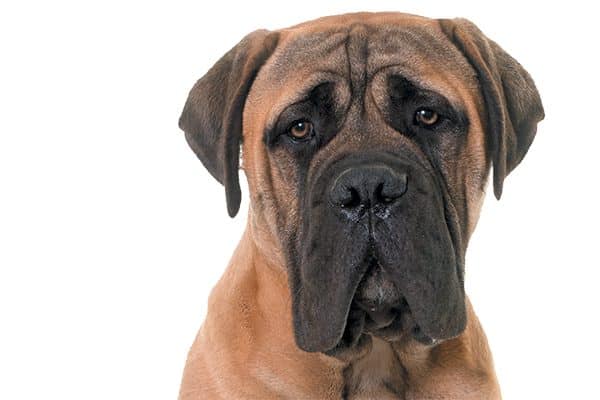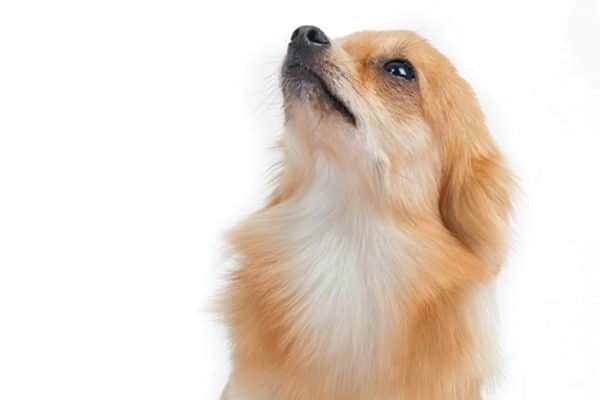The post What Size Dog Should You Get? Things to Consider by Jackie Brown appeared first on Dogster. Copying over entire articles infringes on copyright laws. You may not be aware of it, but all of these articles were assigned, contracted and paid for, so they aren’t considered public domain. However, we appreciate that you like the article and would love it if you continued sharing just the first paragraph of an article, then linking out to the rest of the piece on Dogster.com.
Dogs come in all sizes from diminutive to giant, and each have their challenges and benefits, some of which you might not have thought about.
“Size does not always dictate that a dog may be more or less work, but there are some things to consider when looking at getting a dog,” says Megan Stanley, CPDT-KA, CBCC-KA, chair of the board of directors for the Association of Professional Dog Trainers and owner of Dogma Training & Pet Services in Calgary, Alberta, Canada.
According to Megan, small dogs do not necessarily mean less exercise. “They can also be at higher risk for accidental injury, especially households with small children who may fall or step down on the dog. Large dogs tend to need more room to move, and problem behaviors, such as jumping or pulling on a leash, can be more difficult to deal with due to the dog’s size.”
Let’s look at the three main size groups — small or toy, medium, and large or giant — and highlight their challenges and benefits.
1. Large or giant dogs (50-plus pounds)

Always supervise interactions between children and dogs — no matter what the dog’s size may be. Photography © JackF | Getty Images.
No doubt about it, big dogs are magnificent to behold. Large dogs (even friendly ones) also make people think twice about approaching your home. Most large and giant breeds need a lot of space, but some are surprisingly low energy.
For instance, Greyhounds are happy to hang around an apartment if you provide daily walks and the opportunity to get out and stretch their legs somewhere safe off leash.
A large, strong dog requires an owner who is physically capable of handling them. Consider not only the puppy and adult years, but seniorhood, too. Large dogs with arthritis or other ailments might need help climbing stairs or getting in and out of the car — no small feat when your dog weighs 100 pounds!
Some other things to think about: Bigger dogs make bigger messes. They have more hair, more drool and more poop! Consider whether you travel a lot and want to take your dog with you. Large and giant breeds take up a lot of room in a car and must travel in the cargo hold when flying (an additional cost).
Cost is another consideration. “From a financial standpoint, the larger the dog, the more it costs to feed and care for them,” Megan says. The cost of food, crates and beds, certain medications, grooming and even surgery climbs higher the more a dog weighs.
The following breeds and mixes of these breeds on average weigh in at more than 100 pounds:
- Black Russian Terrier
- Bullmastiff
- Dogue de Bordeaux
- Great Dane
- Irish Wolfhound
- Leonberger
- Mastiff
- Neapolitan Mastiff
- Newfoundland
- Scottish Deerhound
- Saint Bernard
2. Medium dogs (30 to 50 pounds)
This size is great for people who like a “big dog” but don’t have the space or strength required to handle a large or giant breed. A medium-sized dog needs a little less space than a giant breed but isn’t delicate like some of the smaller dogs.
“A medium to larger dog would be best for an active lifestyle,” Megan says. If you like jogging, hiking and camping, this size might be the ticket.
3. Small and toy dogs (less than 30 pounds)

It’s often easier to care for two small dogs than two big ones. Photography © GlobalP | Getty Images.
Small dogs are great for people who live in apartments or spend a lot of time relaxing at home. In general, small dogs need less exercise than bigger dogs. (Exception is high-energy small breeds.)
It also costs less to feed and care for them. Small dogs are easy to pick up and carry, and they are portable enough to accompany you wherever you go. They are especially great for jet-setters who want to fly and stay in hotels with their pet.
This is not to say that smaller dogs are always easier, especially when it comes to exercise and attention. “Certain small dog breeds can require extensive amounts of physical and mental exercise,” Megan says. “For example, a Russell Terrier is a breed known for its tenacity and energy.”
If you long for more than one dog, it’s often easier to care for two small ones than two big ones. However, small dogs are more fragile. They are not a great choice for families with kids younger than 5 years old or households that already have large, rambunctious dogs.
The following breeds and mixes of these breeds on average weigh in at less than 12 pounds:
- Chihuahua
- Brussels Griffon
- Italian Greyhound
- Japanese Chin
- Maltese
- Miniature Pinscher
- Papillon
- Pomeranian
- Toy Fox Terrier
- Toy Poodle
- Yorkshire Terrier
Thumbnail: Photography ©GlobalP | Getty Images.
Jackie Brown is a freelance writer from Southern California who specializes in the pet industry. Reach her at jackiebrownwriter.wordpress.com
Editor’s note: This article appeared in Puppies, a special issue from Dogster magazine. Look for Puppies on a newsstand near you!
Read more puppy facts on Dogster.com:
- Do You Have Scared Puppy? What to Look For — and How to Help Him
- How to Tell If a Puppy Is a Boy or a Girl
- Finding the Right Puppy Gear
The post What Size Dog Should You Get? Things to Consider by Jackie Brown appeared first on Dogster. Copying over entire articles infringes on copyright laws. You may not be aware of it, but all of these articles were assigned, contracted and paid for, so they aren’t considered public domain. However, we appreciate that you like the article and would love it if you continued sharing just the first paragraph of an article, then linking out to the rest of the piece on Dogster.com.
No comments:
Post a Comment